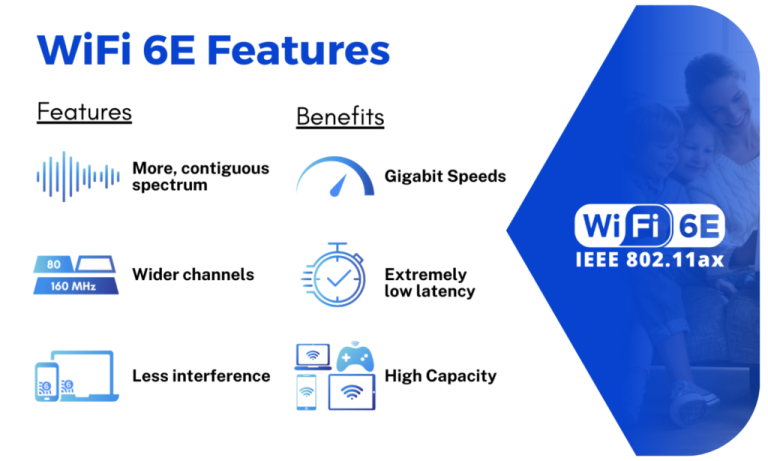USSD: A Complete Guide to Unstructured Supplementary Service Data
telcomatraining.com – In the fast-evolving world of mobile communication, Unstructured Supplementary Service Data (USSD) plays a crucial role in delivering quick and interactive communication between users and service providers. USSD is a session-based communication protocol used in GSM (Global System for Mobile Communications) networks, enabling real-time interaction between mobile phones and applications. This guide explores the fundamentals of USSD, its applications, benefits, and future prospects.
What is USSD?
USSD is a protocol used by GSM cellular networks to send text-based messages between mobile phones and network servers. Unlike SMS (Short Message Service), which operates on a store-and-forward basis, USSD establishes a real-time session between the user and the application, allowing instant two-way communication.
USSD codes typically consist of a combination of asterisks (*) and hash (#) symbols, followed by numerical sequences. For example, *123# might be used to check account balances or subscribe to a service.
How Does USSD Work?
USSD works by initiating a session when a user dials a USSD code. The request is sent to the mobile network’s USSD gateway, which then communicates with the appropriate application or service. The response is returned immediately, keeping the session active until the user receives the required information or completes a transaction.
Unlike SMS, which can experience delays due to message queuing, USSD offers a seamless and faster experience as it does not require data connectivity. It works on all GSM-enabled mobile phones, making it accessible even in regions with limited internet access.
Common Applications of USSD
USSD is widely used in various industries for different applications. Some of the most common uses include:
1. Mobile Banking and Payments
Many banks and financial institutions use USSD for balance inquiries, fund transfers, bill payments, and airtime purchases. This is especially beneficial for users without access to smartphones or mobile internet.
2. Telecom Services
USSD is frequently used by mobile network operators to provide self-service options, such as checking airtime balance, purchasing data bundles, activating or deactivating services, and managing subscriptions.
3. Customer Support and Surveys
Businesses utilize USSD for customer feedback, surveys, and interactive customer support, providing a cost-effective alternative to traditional call centers.
4. Government and Public Services
Governments and organizations use USSD for public service announcements, health-related services, and emergency response systems.
5. Two-Factor Authentication (2FA)
Some companies implement USSD-based authentication methods for secure logins and transaction verifications, offering an alternative to SMS-based OTPs.
Advantages of USSD
USSD offers several advantages that make it an effective communication channel, particularly in areas with limited internet connectivity. These benefits include:
- Instant Response Time: Since USSD operates on a session-based model, users receive immediate feedback without delays.
- No Internet Required: USSD works independently of mobile data or Wi-Fi, making it accessible to all GSM mobile users.
- Compatibility with All Devices: Unlike mobile apps, which require smartphones, USSD works on any GSM-enabled phone, including basic feature phones.
- Cost-Effective: USSD transactions are generally cheaper than SMS or mobile data-based interactions.
- Enhanced Security: Because USSD sessions are not stored on the device, they offer a higher level of security compared to SMS-based communications.
Future of USSD
Despite the rise of mobile apps and internet-based services, USSD continues to be relevant, especially in developing regions where smartphone penetration is low. The future of USSD may see improvements in security protocols, integration with AI-driven chatbots, and enhanced user experiences through hybrid USSD-internet solutions.
With advancements in mobile technology, USSD is also being explored for blockchain-based financial transactions and expanded e-governance services.
Conclusion
USSD remains a powerful tool in mobile communication, offering a simple, fast, and cost-effective way to access services without requiring internet connectivity. Its widespread use in banking, telecom, customer support, and public services ensures its continued relevance in the digital era. As technology evolves, USSD is expected to adapt and integrate with new innovations, maintaining its importance as a communication and service-delivery channel.







